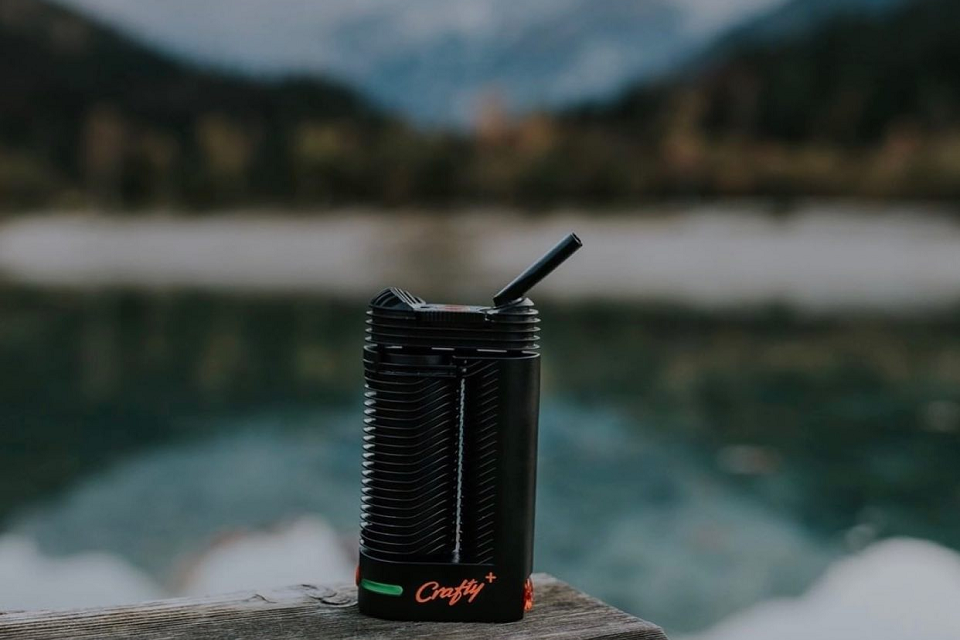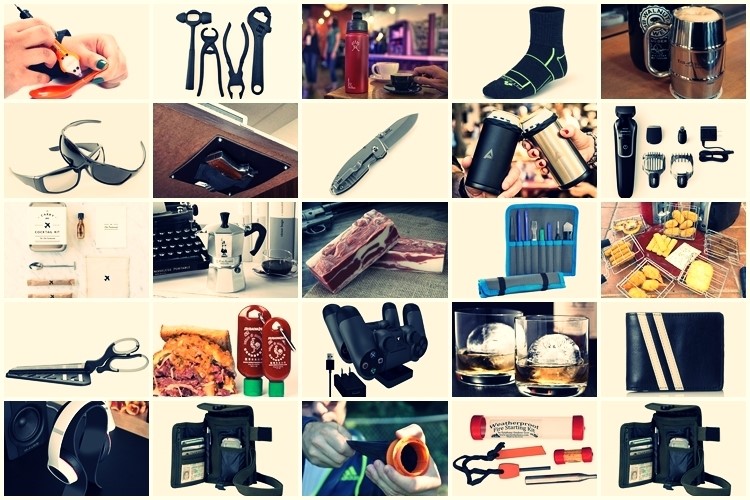From rolled up ‘blunts’ to edible creations, the consumption of weed has proven to have a range of options for the process of partaking. For those that prefer to avoid smoking, however, dry herb vaporisers have become a popular choice.
Using a dry herb vaporiser can be relatively simple; however, there are still a few points that must be taken into consideration to make your vaporising experience as satisfactory as possible.
This guide will take you through the use of a vaporiser safely and effectively. Whether you are a beginner or have some experience with the use of dry herb vaporisers, these tips and tricks may prove to be handy at some point.
Firstly, How Do Vaporisers Work?
Vaporisers produce a vapour cloud that is released through the heating of herbs packed into the device’s chambers. This is achieved in one of two ways, thus classifying vaporisers into two main categories: conduction and convection vaporisers.
Conduction vaporisers make use of a flame that heats the herbs, which consequently release the vapour that is smoked. These kinds of vaporisers are the cheaper of the two types and are generally considered to be ideal for beginners. One major drawback, however, is that, as the herbs are exposed to flame, there will be a resultant bitter, burnt flavour that detracts from the overall taste of the herb being smoked.
Convection vaporisers, on theother hand, use indirect heat drawn from a heated liquid or gas that creates a vapour cloud as it passes over the herb. This is advantageous in that there is more even heat distribution and more enhanced flavour retention as the cloud is created, so you get the most out of your present stash. The indirect heat also makes the herb go a long way since it will only heat the herbs in the chamber when a pull is taken. Convection vaporisers are more pricey but are seen to be the better investment with less wastage overall.
How to Use a Vaporiser
- Consider the grind: For best results, your herb must be ground before you begin to pack the device. A general rule of thumb is the finer the grind, the better. Although this is simply a guideline, it does play a significant role in the overall vaping experience. A fine grind is recommended for use with conduction vaporisers due to more surface area available for heat to work through. For convection vaporisers, a medium-coarse grind will work just fine. There is less restriction, thus better airflow. For each grind consistency, keep your vaporiser’s make and model in mind as some would not be able to work with one grind consistency or another.
- Packing: The process of filling the vape’s chambers with dry herb. This is also dependent on the device in use. A vape pen that uses convection works optimally with a dry herb that has been loosely packed in the chamber. This allows the hot air to pass easily through the herb as the draw is taken, allowing for more even heat distribution and a more straightforward draw. For pens that use conduction, a tighter pack is recommended for a more even cook. These pens also require chambers that are constantly full to maintain this tight pack and the effectiveness of the heat distribution.
- Heating and Temperature: Temperature affects vapour levels as well as the high derived from the dry herbs. Once you have turned your device on, it should take a few seconds, and up to a minute, to heat up. Beginners are advised to start on low temperatures, between 160 and 170 degrees Celsius. The low temperatures also have the added advantage of creating vapour clouds that are more packed with flavour. They will also give a high that allows for greater levels of activity to be carried out once a vaping session has been completed. Vaping at higher temperatures gives a high that feels heavier and is better enjoyed when one can relax after vaping.
- Your First Hit: Taking a hit should not be rushed. Once your device has been heated to the desired temperature, use the mouthpiece and take a slow inhale. You do not have to hold it in as is often portrayed. A few seconds between your inhale and an equally slow and measured exhale should suffice in taking in adequate vapour.
- Repeat step four until your desired effect is achieved.
When you feel that you have come to the end of your session, you can power off your device and enjoy your high. A point of note, however, is that conduction vaporisers continue to burn even when you are not taking any hits. Taking long breaks between hits, therefore, can result in wastage of the dry herb.
Other Considerations
The main admonition to keep in mind is to clean your device. While you do not have to do this after every session, it is recommended that some cleaning is undertaken after five to ten uses. Cleaning can be done using isopropyl alcohol that is rubbed through the chambers and mouthpiece using cotton swabs or wipes.
The cleaning process also serves a maintenance purpose as it keeps the device’s performance levels at an optimum.
Check your battery levels as well. Some pens work better when fully charged than when the battery levels are low. A fully charged battery will also ensure that you can carry out a session without unnecessary interruption.
Take note of how you store unused dry herb. One of the more popular methods of storage is through the use of humidity packs. Those packs calibrated at 60% tend to work best. Place it in an air-tight container together with your dry herb and keep away. This makes all the difference.
Now that you have availed yourself of the tips and trick that are geared towards enhancing the quality of your sessions, you may settle in for a test run. May you get the best out of both the dry herb and the device that you choose to use.







